STORY
What is most important in reducing the environmental impact of furniture?
Furniture production impacts the environment in several ways such as haulage, materials, packaging and waste. What actually has the biggest impact?
Furniture production impacts the environment in several ways such as haulage, materials, packaging and waste. What actually has the biggest impact?

No less than 85 percent of the climate emissions from furniture comes from the material, and by comparison haulage only accounts for 2 percent of a product’s climate impact. In its extraction and processing, material requires a great deal of energy and resources. Virgin plastic and metal often has a greater environmental impact than alternatives such as wood or recycled materials. Because it has the greatest environmental impact, it’s an advantage if we can use material that is renewable, recycled and recyclable; not to use more material than necessary and to reuse whatever we can.
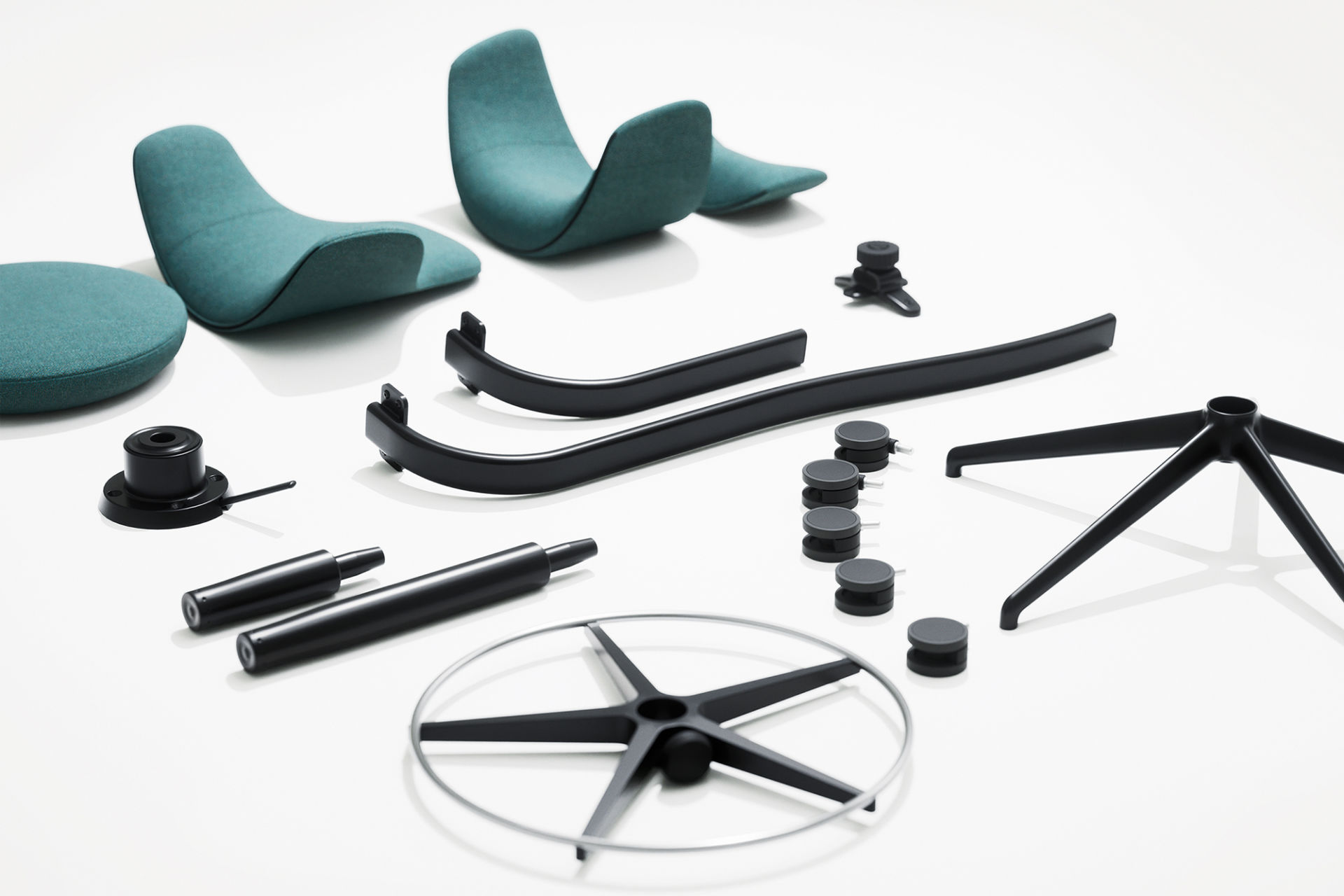
Many people associate the word reuse with the plain and simple ability to put something to work again. But recycling is another concept that is usually defined through reuse, repair, renovation, re-manufacture, separation and an extended service life. According to Rise (Research Institutes of Sweden) the circular use of furniture reduces the carbon footprint by as much as 20-40 percent compared to purchasing new items. Even though renovation also impacts the environment in the form of resource extraction, energy consumption, haulage and material production, it has less of an impact than new production as the proportion of the furniture that is not replaced has already been produced.
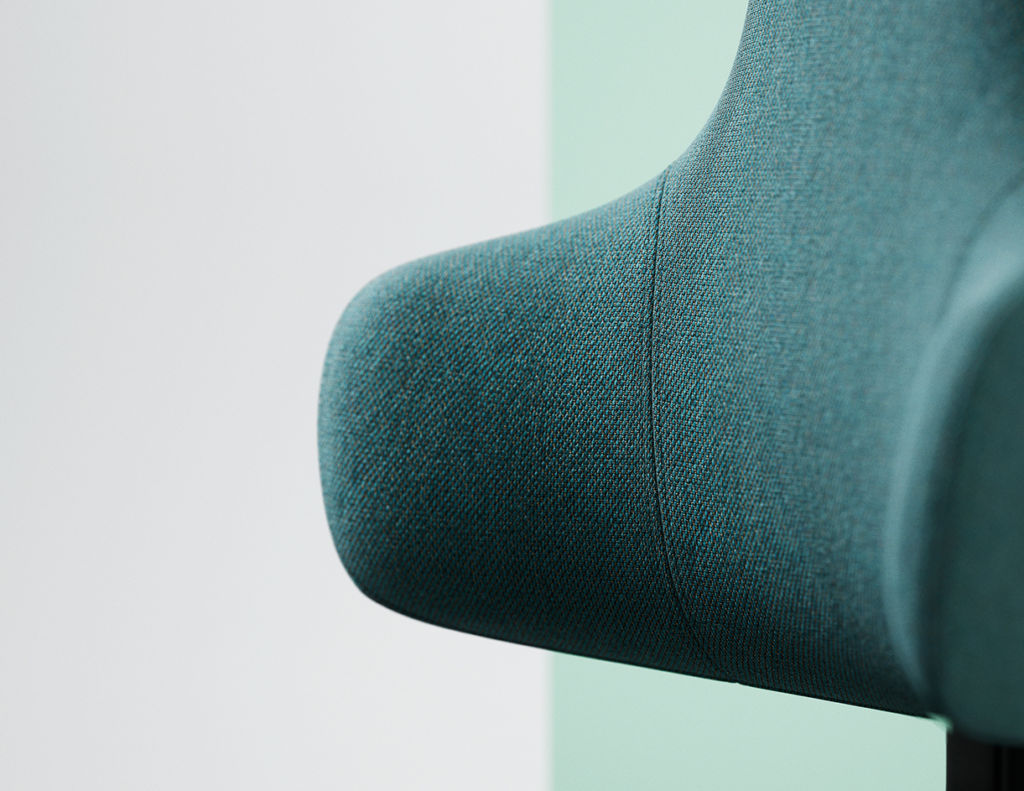
Savo Spine is a modular platform with a circular, layer-by-layer design. By removing and replacing components, Savo Spine can be remodelled to suit requirements or wear. The design gives the platform aesthetic advantages and a sustainability that stands the test of time. Also, the material is easily recycled when parts need to be replaced. In this way, Savo Spine’s design promotes both reuse and recycling.
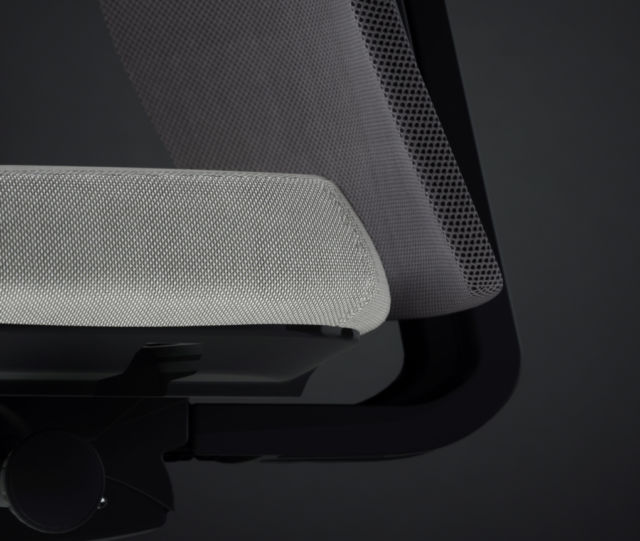
One way of making furniture more sustainable is to use recycled material in its production. So it was natural for us to make a sustainable upgrade of our best-selling, black Savo Soul. The chair consists of 48 percent recycled plastics, aluminium and steel*. The switch from virgin plastic to recycled reduces the product’s total CO2 emissions by no less than 43 percent. Given annual sales comparable to the earlier variant, chairs with the same proportion of plastic will now provide a total annual CO₂ reduction of 660 tonnes. This is equivalent to 100 trips around the Earth by diesel car every year, and is one of the biggest climate savings we are able to make.
*calculated using Savo Soul with a plastic swivel base and a mesh back without armrests or headrest
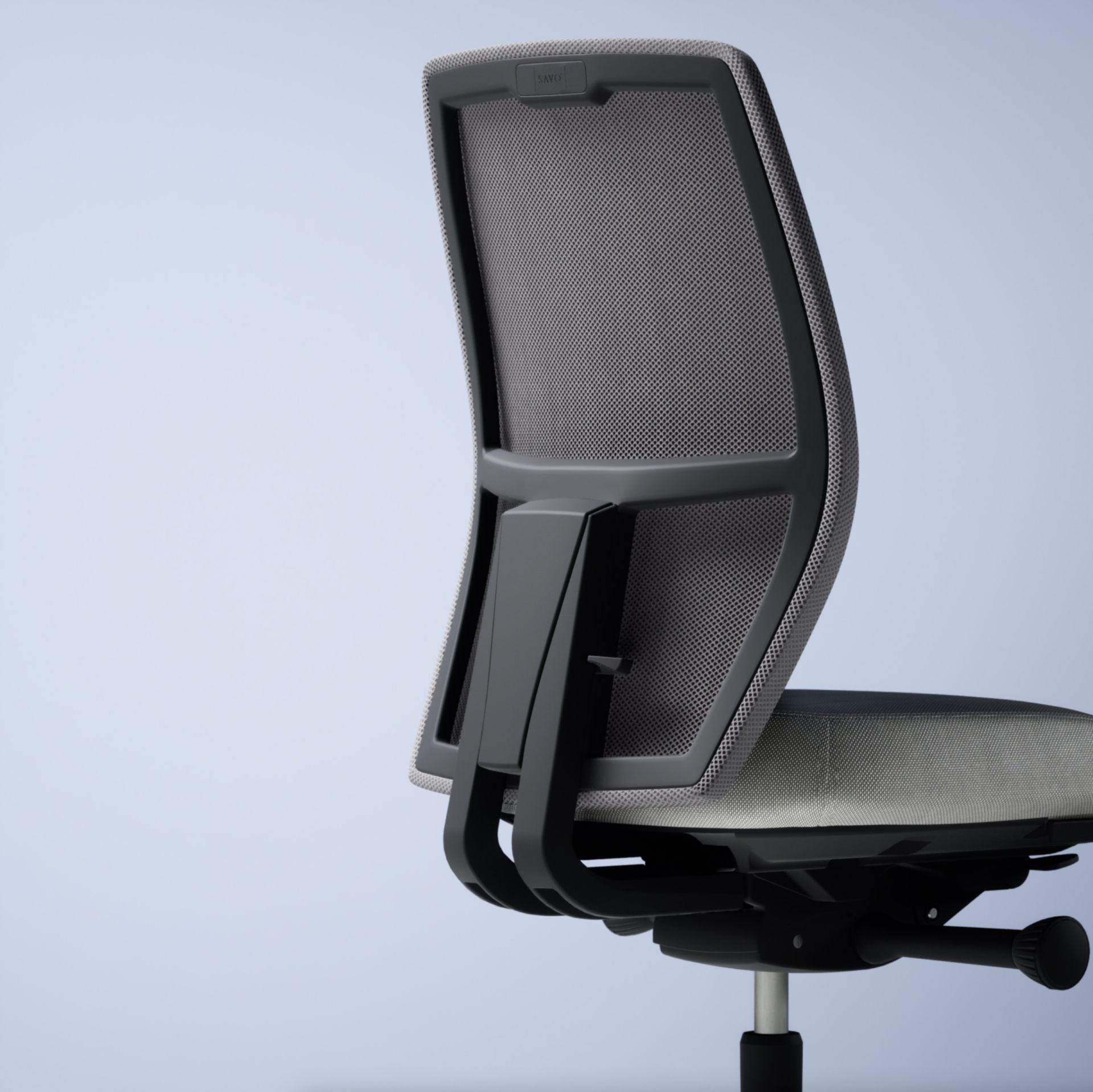
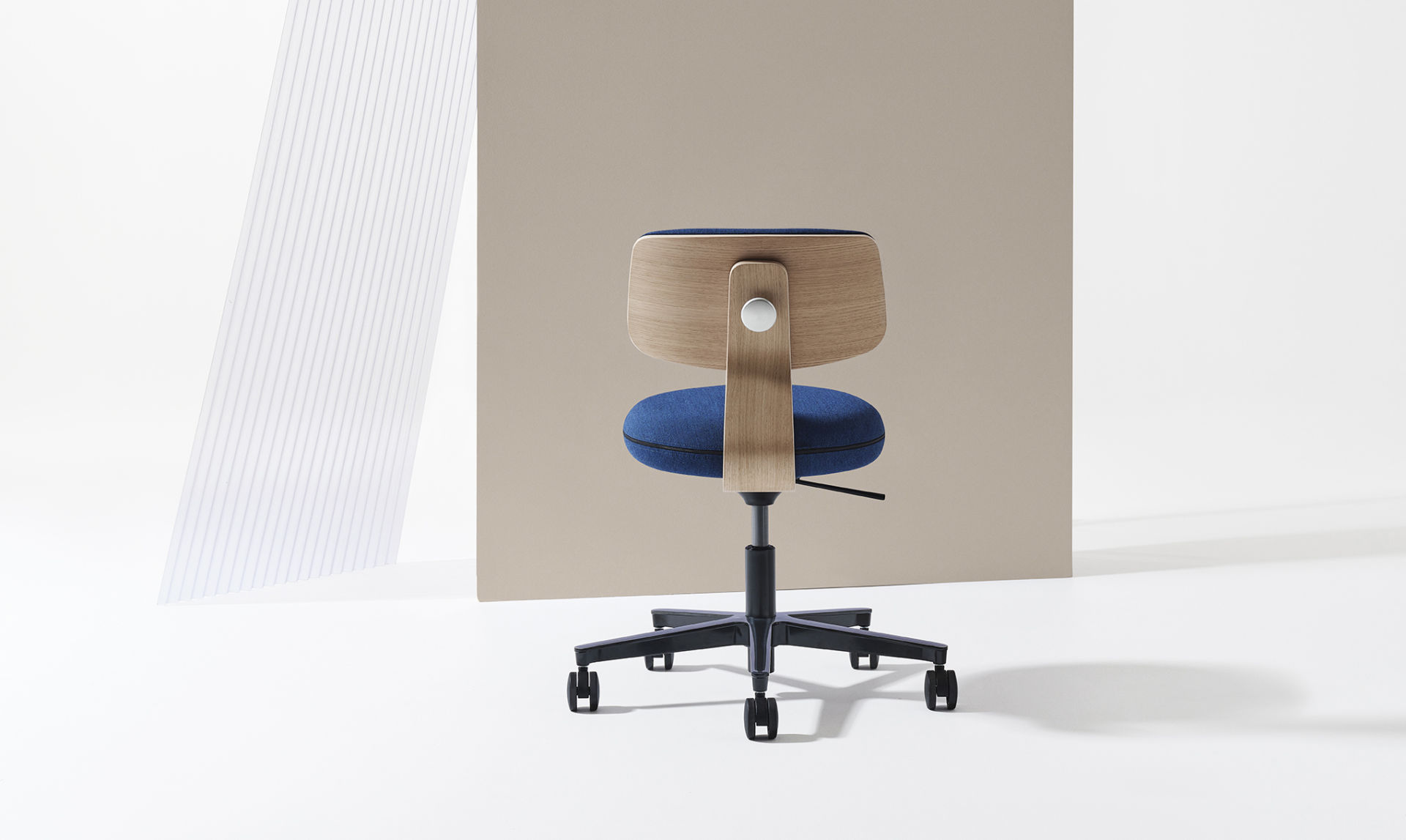
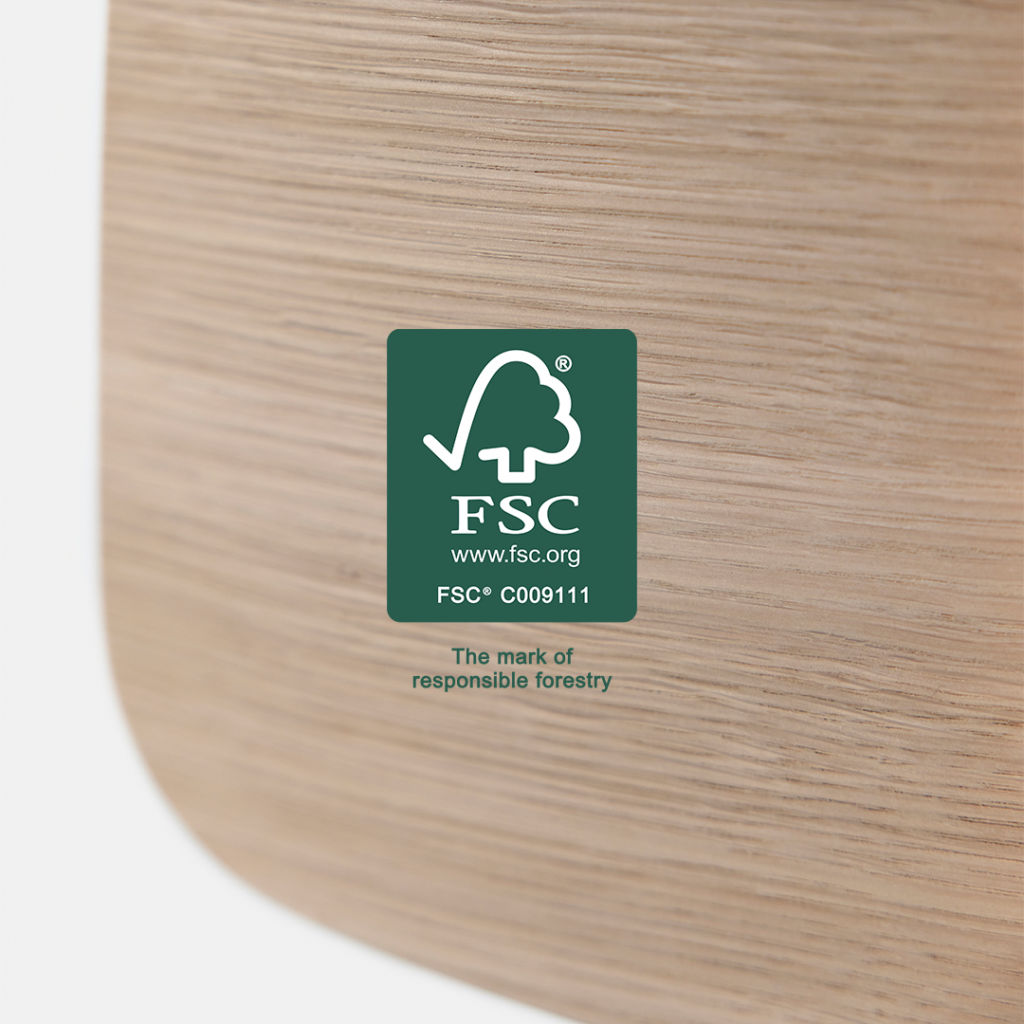
We use FSC® certified wood and other controlled materials in our products. The Forest Stewardship Council (FSC) seeks to ensure that the world’s forests are managed responsibly with the aim of developing forestry practices that take best account of the environment and social conditions. The wood components in Savo 360 reduce CO₂ emissions by 24 percent compared to using parts made from virgin plastic.
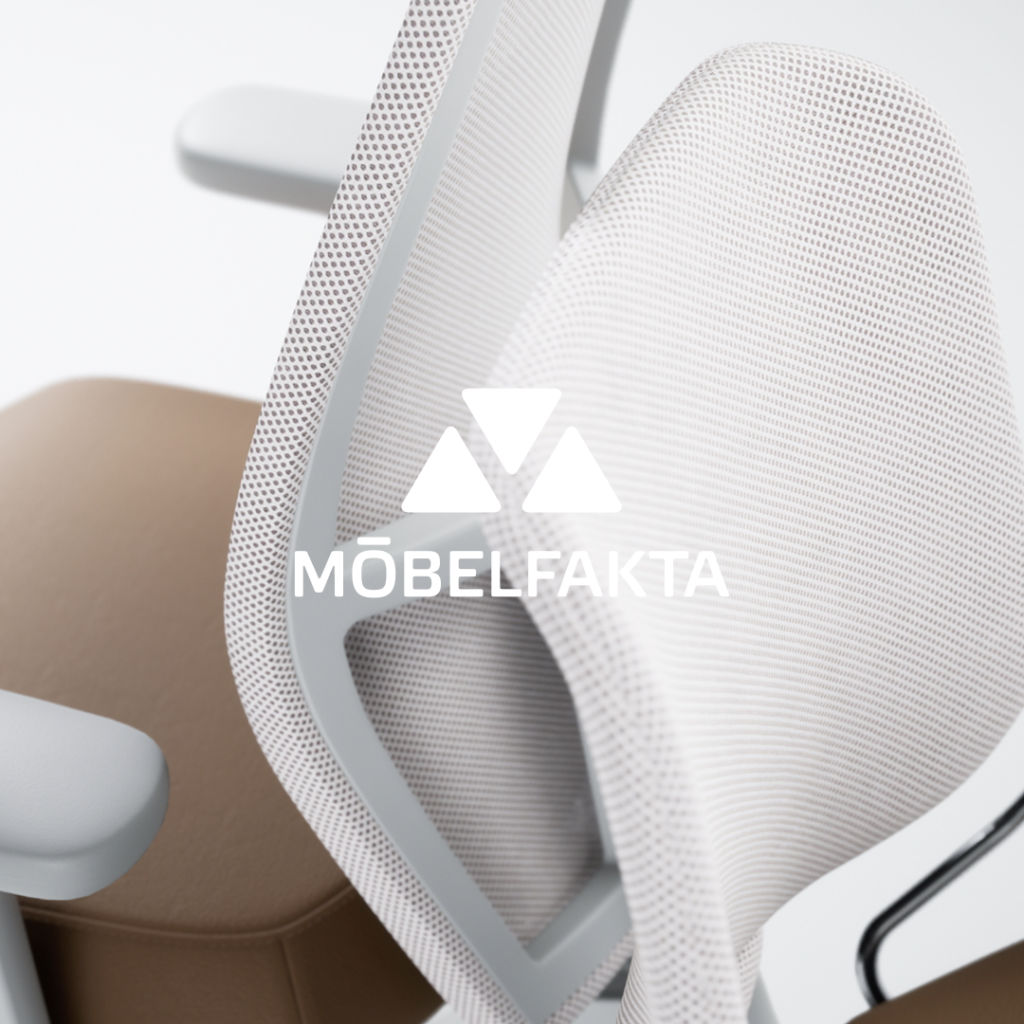
One way of reducing material consumption is in the choice of upholstery and by using mesh instead of a fully upholstered back. Savo was a front runner in Scandinavia with mesh backs in our chairs, and the mesh fabrics we use bear the Möbelfakta label. When we use mesh, we not only use less material than with conventional fabric, we also avoid using polyurethane foam, which is a major eco-villain in the furniture industry.
Savo’s FSC licence number is FSC-C009111.